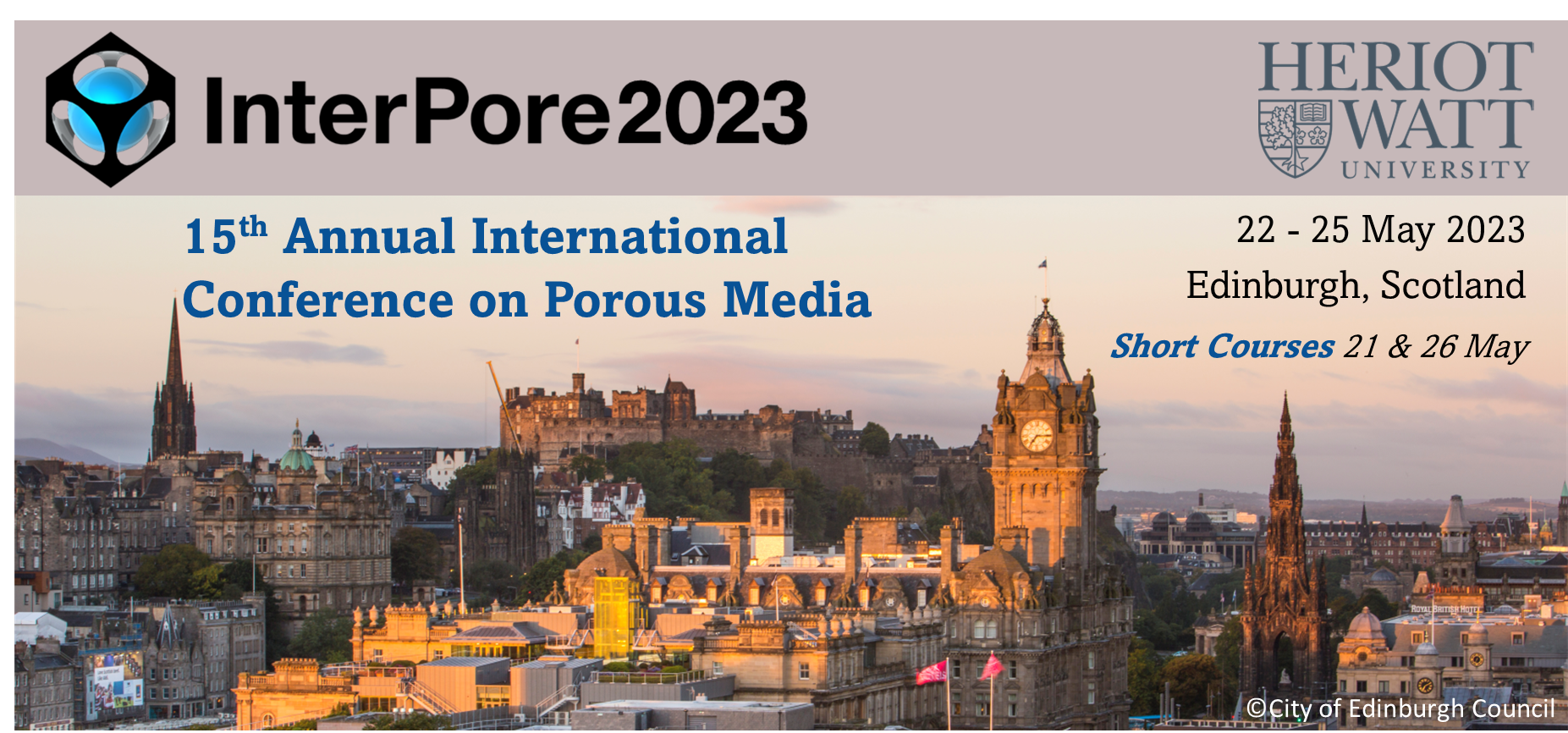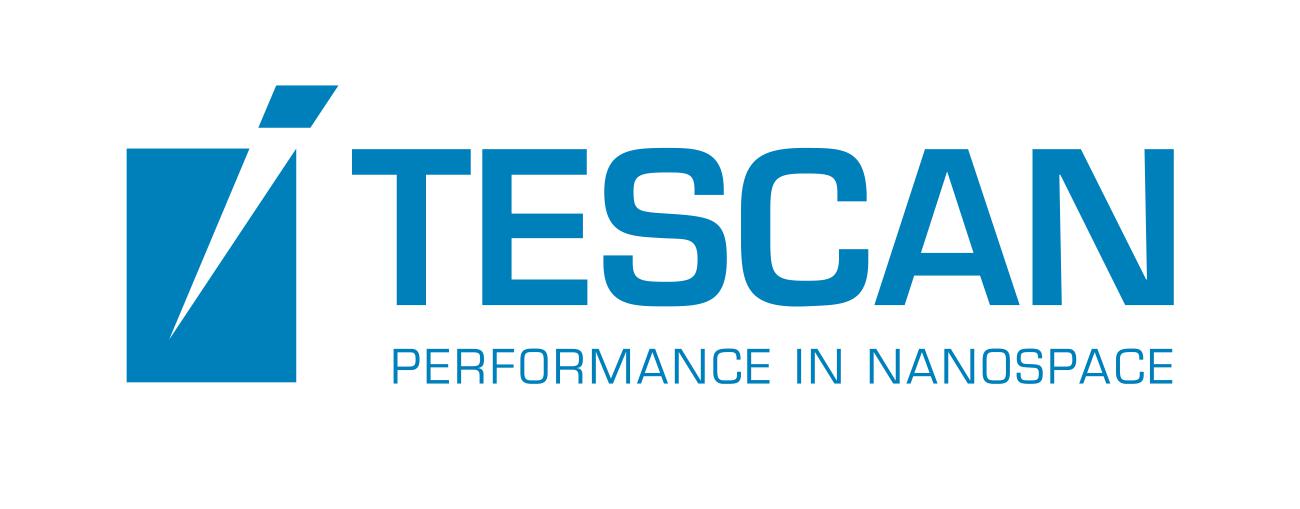Speaker
Description
Numerous experimental and theoretical studies, conducted from the atomic to the field scales, have demonstrated that macroscopic properties of smectite clays, such as ion diffusivity and swelling potential, are governed by the underlying hierarchical organization of pores, and by the morphology and permanent charge deficit of the montmorillonite layers that form its finest fraction.
Besides, as observed by (Hetzel et al, 1994; Keller et al, 2014; Nakashima, 2003; Pusch, 2001), bentonite hydration is associated with delamination and exfoliation of a fraction of the montmorillonite layers, resulting in the development of a network of colloidal clay gels of low density within the mesopores. However, very few data are available concerning ion diffusivities in montmorillonite gels (Nakashima, 2003), the matter being complicated by electrostatic interactions that develop at the interface between the elongated layers and the electrolyte solution.
In this context, real microstructures have been employed to investigate ion transport by diffusion through montmorillonite gels and water-saturated bentonite.
Using image analysis, Transmission Electron Micrographs (TEM) of hydrated montmorillonite layers (Fu et al, 2011; Hetzel et al, 1994; Tester et al, 2016; Whittaker et al, 2020) have been processed in order to extract the contours of the layers, and to determine microstructural parameters such as local orientations and bending radii. The same image analysis procedure is then employed on digitized TEM of water-saturated bentonite (Pusch, 2001) in order to obtain the contours of the different phases: non-smectite grains and other components impervious to ion diffusion, clay gels of varying density, and mesopores.
The modeling approach followed is the Homogenization of Periodic Media. At the scale of hydrated montmorillonite layers, diffusion of ionic solutes is modeled by considering chemical and electrostatic interactions in the vicinity of the clay platelets’ surface (using Nernst-Planck equation, Poisson's equation of electrostatics and appropriate boundary conditions for each ionic species transported and for the electric potential). By writing the system of equations in dimensionless form, two classes of problems arise (one strongly coupled and nonlinear, one weakly coupled and linear) depending on the respective orders of magnitude of the electrolyte concentrations and the surface charge density.
Following the hierarchical description of bentonite microstructure depicted above, homogenization computations are performed first on montmorillonite gels, and the effective properties computed at the mesoscopic scale are then used to identify the diffusion behavior at the bentonite scale.
Ion distribution and electric potential maps are obtained by solving the local problems within the interlayer space, displaying cation inclusion and anion exclusion effects (Figure 1).
The mesoscopic transport equation is derived through upscaling, and leads to the identification of the effective diffusion tensor and effective coefficients expressing the coupling between the electric potential and ion concentration gradients. The diffusion tensor anisotropy is confronted with the microstructural parameters measured on the digitized micrographs.
Comparisons are made with existing models (Scheiner et al, 2013) and diffusion data obtained for low-density montmorillonite gels (Nakashima, 2003).
Finally, effective diffusivities identified for Montmorillonite gels are used to compute the macroscopic diffusion tensor for Wyoming bentonite microstructures as in (Bouchelaghem,2018).
References
F. Bouchelaghem, Mathematical Geosciences, vol. 50(5), 495-523, 2018.
Y.T. Fu, G.D. Zartman, M. Yoonessi, L.F. Drummy, H. Heinz, The Journal of Physical Chemistry C, vol. 115, 22292-22300, 2011.
F. Hetzel, D. Tessier, A.M. Jaunet, H. Doner, Clays and Clay Minerals, vol. 42(3), 242-248, 1994.
L.M. Keller, A. Seiphoori, P. Gasser, F. Lucas, L. Holzer, A. Ferrari, Clays and Clay Minerals, vol. 62(3), 174-187, 2014.
Y. Nakashima, Journal of Contaminant Hydrology, vol. 61, 147-156, 2003.
R. Pusch, Technical Report TR-01-08, Swedish Nuclear Fuel and Waste Management, Stockholm, Sweden.
S. Scheiner, P. Pivonka, D.W. Smith, Computers and Geotechnics, vol. 48, 283-292, 2013.
C.C. Tester, S. Aloni, B. Gilbert, J.F. Banfield, Langmuir, vol. 32, 12039-12046, 2016.
M.L. Whittaker, L.R. Comolli, B. Gilbert, J.F. Banfield, Applied Clay Science, vol. 190, 105548, 2020.
| Participation | In-Person |
|---|---|
| Country | France |
| MDPI Energies Student Poster Award | No, do not submit my presenation for the student posters award. |
| Acceptance of the Terms & Conditions | Click here to agree |







